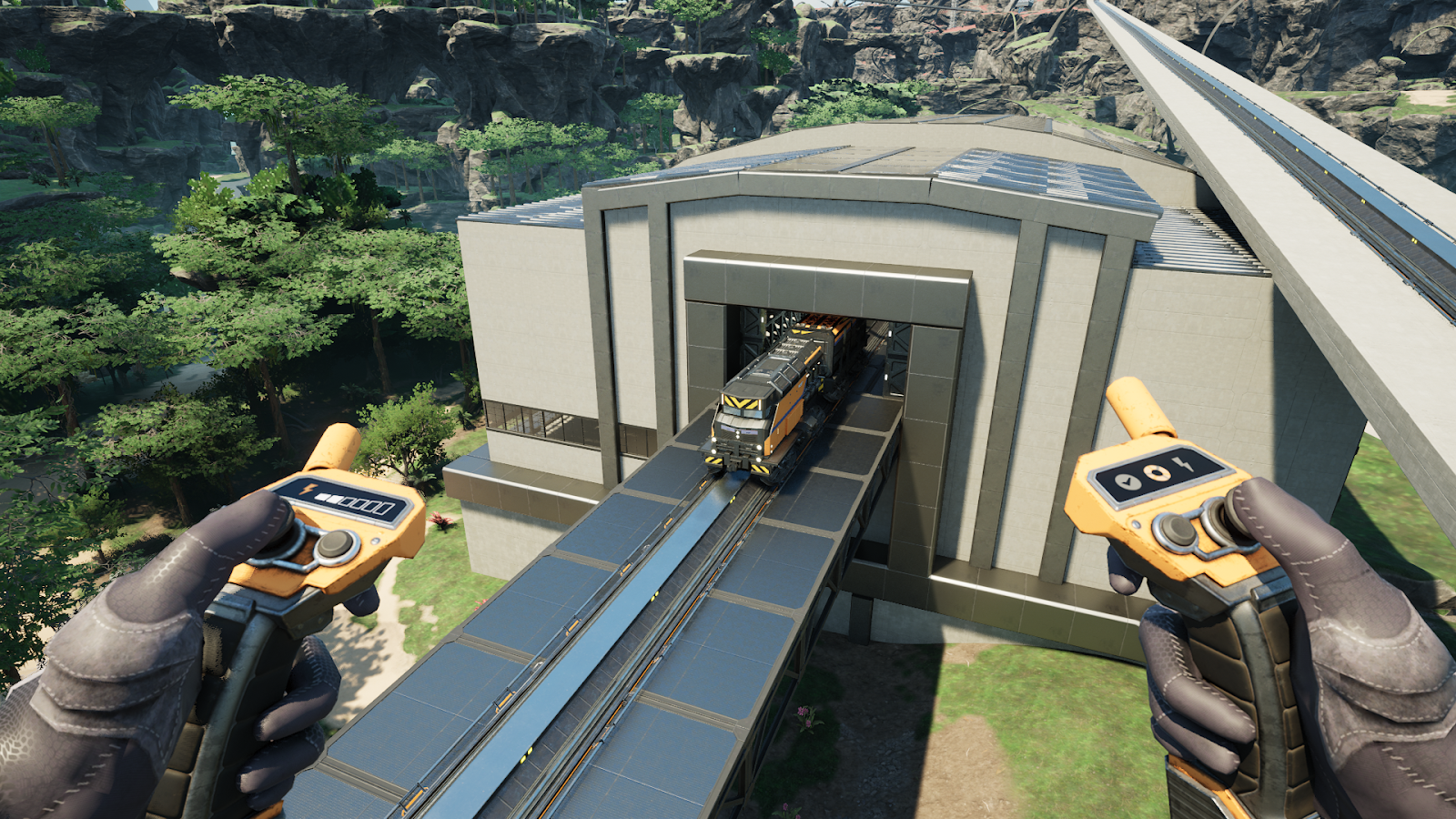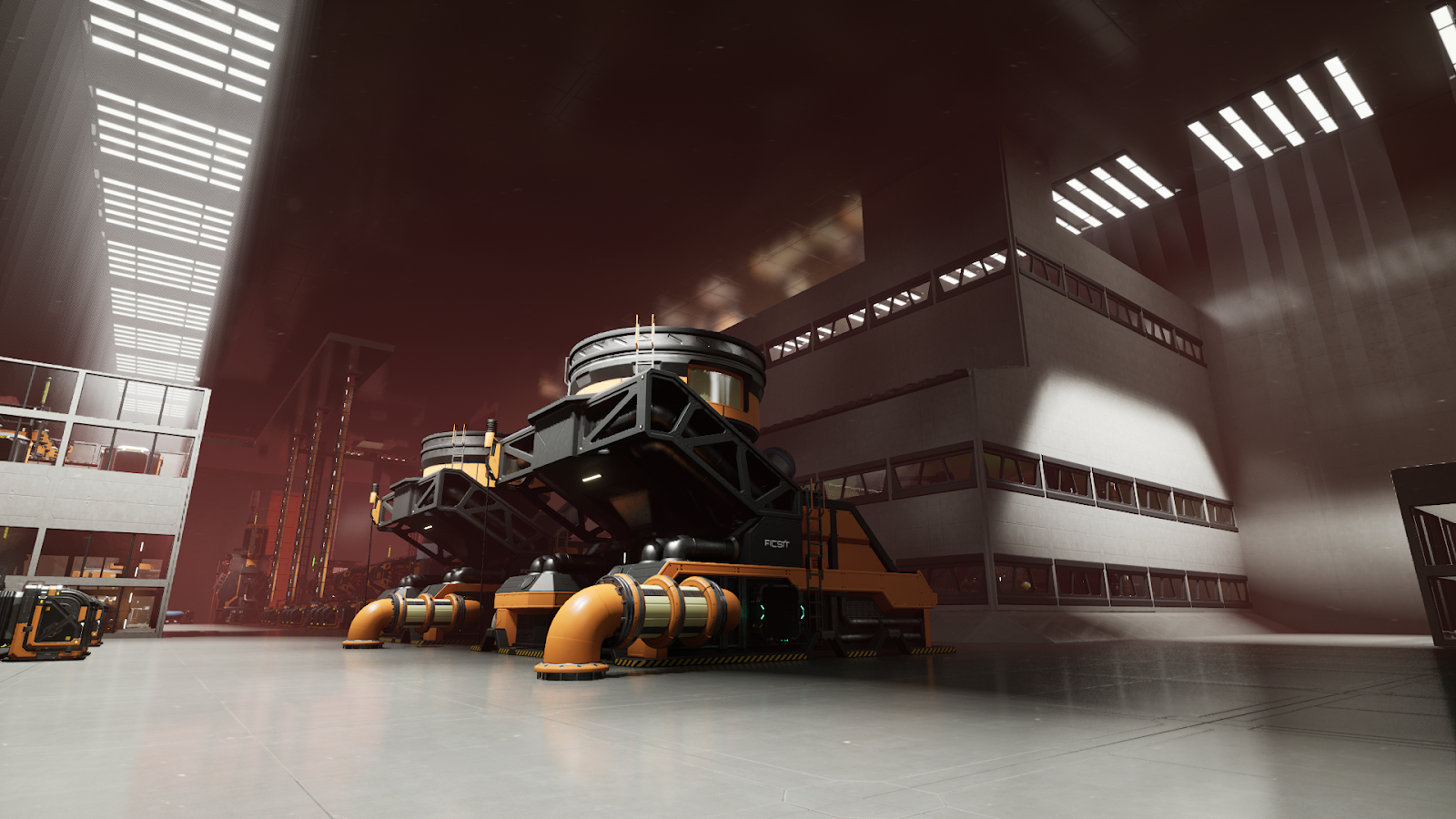For a moment I thought I had made a break-through. For two days I struggled with the (fortunately mild) symptoms of COVID. Then I started to get some use out of my enforced isolation. Cranked through clean-up on the first two scenes of Part III of the Paris book and put over a thousand words down on the next.
And oops. It wasn't quite working. This is the process, though. Revision is usually necessary. Many writers begin by getting the whole thing down in an extremely rough draft, and once the whole shape is there on the page they can start whittling and adjusting and finding the real story that's in that rough mass.
Others try to hurry the process by working out as much basic structure as they can in outline. But they still end up with revisions. And then, occupying both spaces, the revise-as-you-go crowd has confidence in their grasp of what the overall shape will be (like the outliners) but is willing to cut now, tightening up the draft now rather than writing more chapters that will just end up on the floor.
A couple of days of struggling and something like thirty attempts to write just one simple conversation. Which I finally got this morning. And the final version was too short to be a full scene but with my understanding of the total structure I moved some stuff that needed to happen soon enough already and I put down almost a thousand words of brand-new scene.
In one morning.
The people who are actually writing for a living claim to crank out 2,000 words a day. Which is how they can get up to four books a year. That's leaving about a month for revisions, which doesn't strike me as plausible when those same people are claiming fifteen revisions and three rounds of beta readers. Basically, the number of words falling off the keyboard in any span of time isn't a good guide to how much book has gotten done.
I'm happy enough with scenes as a metric. I have cut scenes in the past. Moved them, created new ones, heavily revised them. But my draft, when finished, is the third or fourth draft and that's basically the book there. It isn't going to get a lot bigger or smaller and it isn't going to change radically.
Oh, yeah. And I needed a bit of "business" in the scene I just finished so I had Penny eat a millefeulle. That's my genius bonus for that scene. All along, she's been complaining about just how much this adventure keeps coming back to Napoleon. Guess what that particular pastry is called in America?
I also, sadly, could afford no more than a sentence on Loie Fuller. There are just so many amazing people, with such deep stories, in Paris in that period! Innovative dancer, inventor, lesbian -- her list of friends and admirers alone could fill a paragraph (start with Toulouse-Lautrec and end with Marie Curie!)
I knew Part III was going to be a bit unfocused but that's the struggle I am having. It was that damned chevaliers de sangreal scene that got me, once again. I rescued chunks of material from two different scenes in previous drafts, heavily revised and rewrote...and then decided this was the wrong place in the narrative to go on about the role of the Church in the history of Paris.
When I finally got straight what I was going to try to do, I'd realized I had to change half the previous scene and come up with a new conversation -- the one that took thirty drafts -- and now I've got to come up with something to fill the Carrousel du Louvre scene now that Catholic Conspiracies are (mostly) off the table again.
Oh, and the whole scene in the Paris Metro is getting booted downstream to the introduction to the parkour scene at La Defense. So at least I may get some use out of that material.
I did, during this time of basically outline-as-you-go (or revising the outline, since I am not entirely without one) look at everything I could about the Sully Wing at the Louvre and put together a rough idea of how that scene is going to unfold. Oh, and I read the entire thing from top to bottom to see how it flowed.
Monday, I arrive back at work where six massive panels are waiting for a high-priority, high-profile rush job we only barely have time to finish on deadline. And my engineers phoned (emailed) wanting three more of their units built as well. I totally predicted this. I knew both these projects were going to arrive together and at the last minute.
I hadn't predicted that I'd be climbing out of five days wrestling with a bug. Next week is going to be...interesting.

























